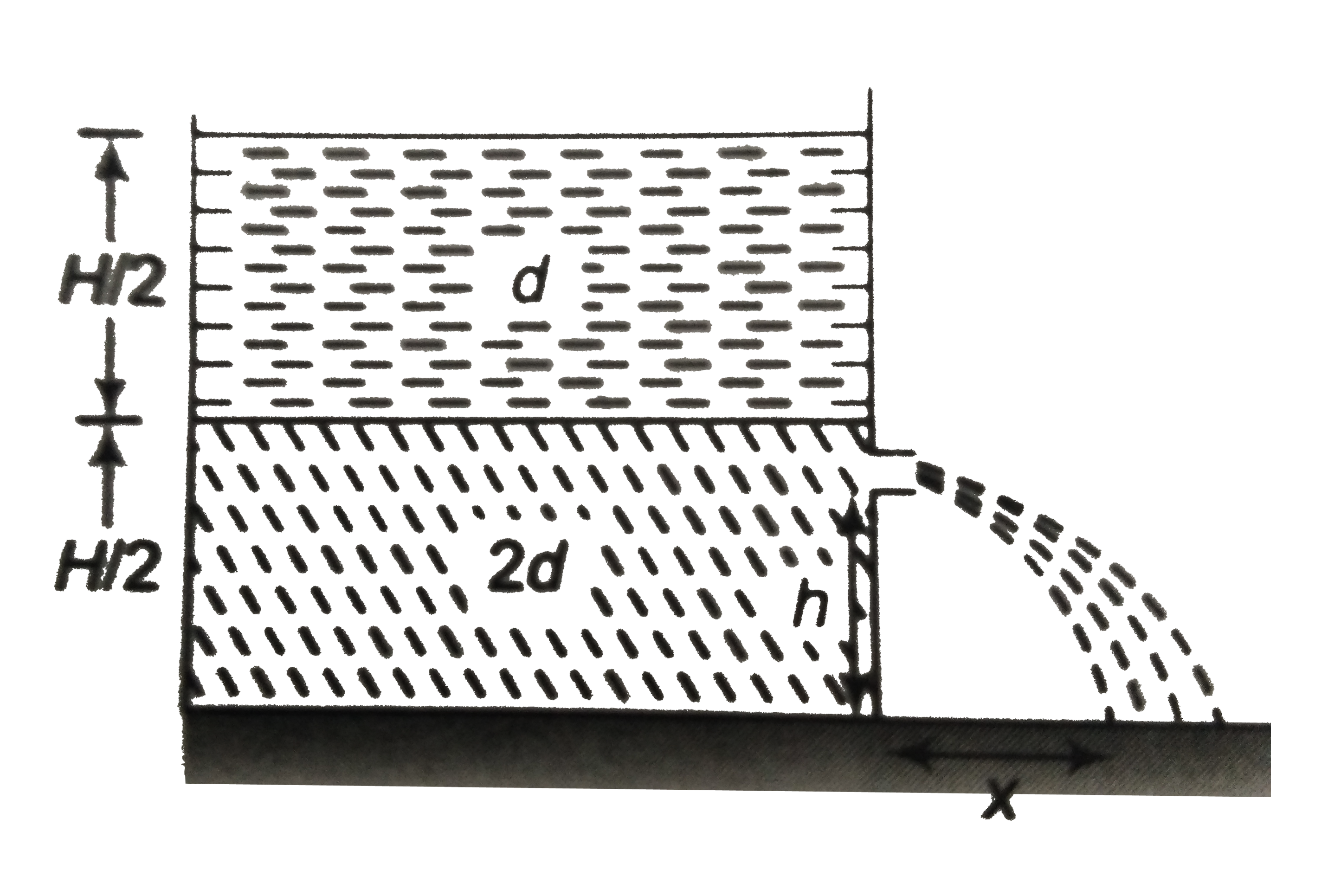Text Solution
Verified by Experts
The correct Answer is:
|
Topper's Solved these Questions
ELASTICITY, SURFACE TENSION AND FLUID MECHANICS
ALLEN |Exercise Exercise 5 A (Previous year Questions)|29 VideosView PlaylistELASTICITY, SURFACE TENSION AND FLUID MECHANICS
ALLEN |Exercise Exercise 5 B (MCQ)|13 VideosView PlaylistELASTICITY, SURFACE TENSION AND FLUID MECHANICS
ALLEN |Exercise Exercise 4 A (Viscosity)|3 VideosView PlaylistCENTRE OF MASS
ALLEN |Exercise EXERCISE-V B|19 VideosView PlaylistERROR AND MEASUREMENT
ALLEN |Exercise Part-2(Exercise-2)(B)|22 VideosView Playlist
Similar Questions
Explore conceptually related problems
Knowledge Check
A
B
C
D
Submit
A
B
C
D
Submit
A
B
C
D
Submit
Similar Questions
Explore conceptually related problems
ALLEN -ELASTICITY, SURFACE TENSION AND FLUID MECHANICS-Exercise 4 B (Bran storming Subjective Exercise)
- A container of large uniform cross-sectional area A resting on a horiz...
09:32
|
Playing Now - A vessel contains two immiscible liquids of density rho(1)=1000 kg//m^...
08:53
|
Play - A ship saslling from sea into a river sinks X mm and on discharging th...
07:42
|
Play - A cylinderical tank having cross sectional area ^^=0.5m^(2) is filled ...
08:55
|
Play - A cylinder wooden float whose base area S=4000cm^(2) & the altitude H=...
02:53
|
Play - A cylinderical rod of length l=2m & density (rho)/(2) floats verticall...
07:14
|
Play - A uniform rod of length b capable of tuning about its end which is out...
04:02
|
Play - On the opposite sides of a wide vertical vessel filled with water two ...
05:07
|
Play - A thin horizontal disc of radius R=10cm is located with in a cylindric...
04:59
|
Play - A cube with mass m completely wettable by water floats on the surface ...
05:11
|
Play - When a vertical capillary of length l with a sealed upper end was brou...
03:01
|
Play
